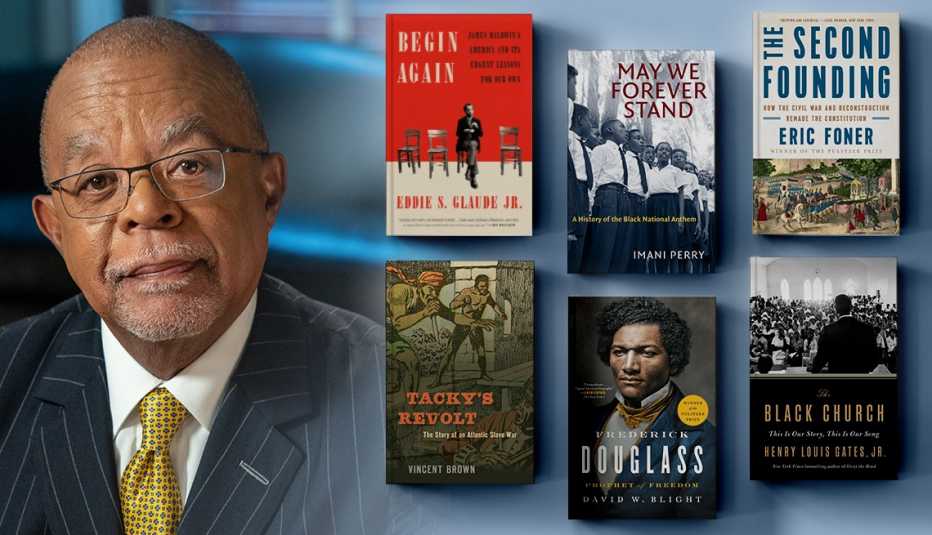Staying Fit
As a caretaker for her parents, Latasha Matthews has had to find unique ways to connect with them as they age, especially during the coronavirus pandemic.
Matthews, a 49-year-old Black woman from Lawrenceville, Georgia, turned to creative projects to bond with her parents who are both in their 70s. For her, having these precious moments with family are what encapsulates Black joy.


AARP Membership— $12 for your first year when you sign up for Automatic Renewal
Get instant access to members-only products and hundreds of discounts, a free second membership, and a subscription to AARP the Magazine.
"We can allow our uniqueness to carry over with an older population just by becoming creative and just going back to some simple things,” Matthews says. With her parents, “we color, we sing songs, we do art. Those are some of the things I believe anyone can tap into.”
Those moments and rituals, like Sunday dinners, road trips, family cookouts and faith-based practices create small sparkles in daily living and can be more meaningful than a big event, says Matthews, who is a licensed professional counselor. Leaning into community is essential.
As the country honors Black History Month, celebrating Black joy has become a focal point. Along with calling attention to struggles related to African American inequities and history, there’s a concerted effort to draw attention to the delight that can be drawn from events, relationships, art, music and experiences intrinsic to black culture.
To Matthews Black joy boils down to “the essence of understanding our culture, where we came from and really where we're going,” she says. “It embodies our ability to be creative and tap into who we are as a culture.”




































































